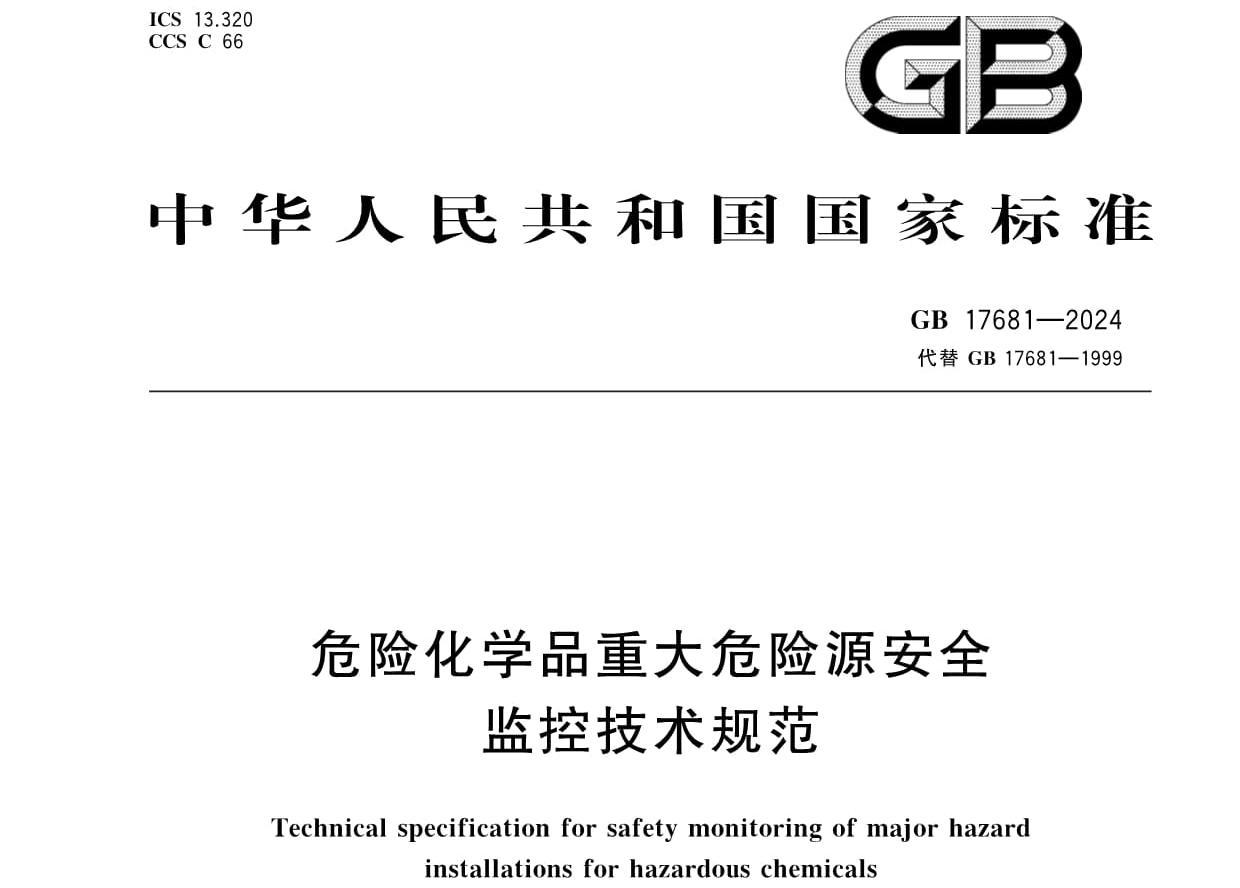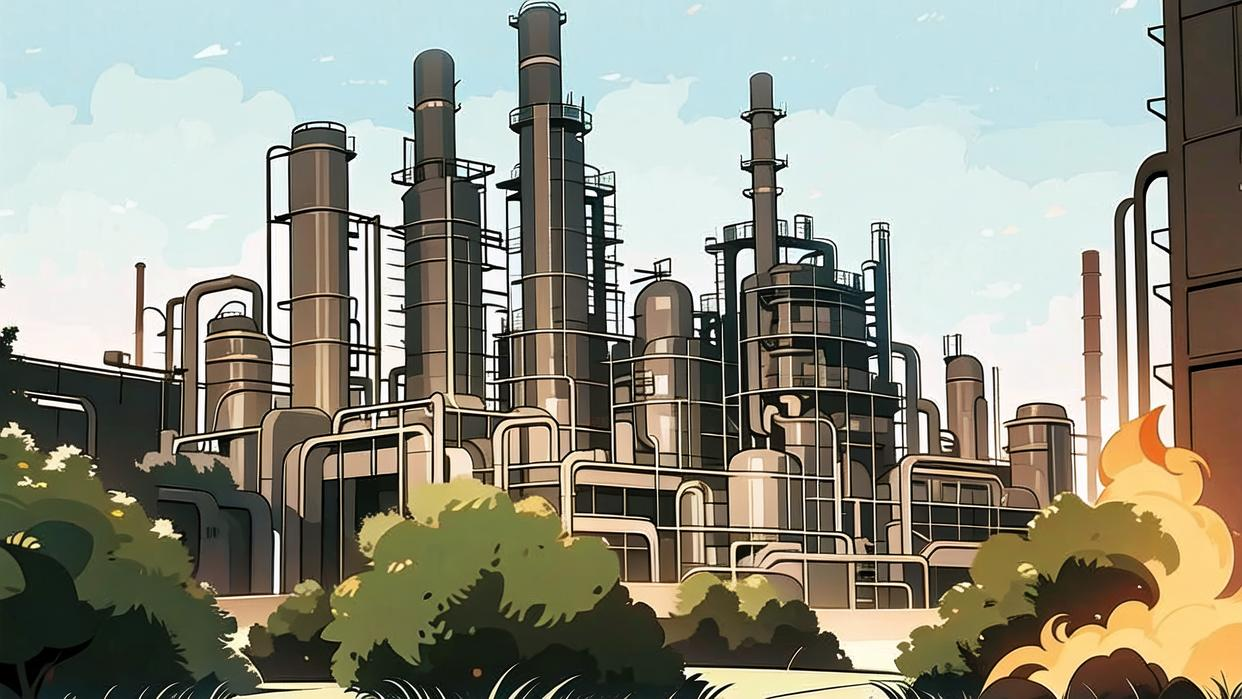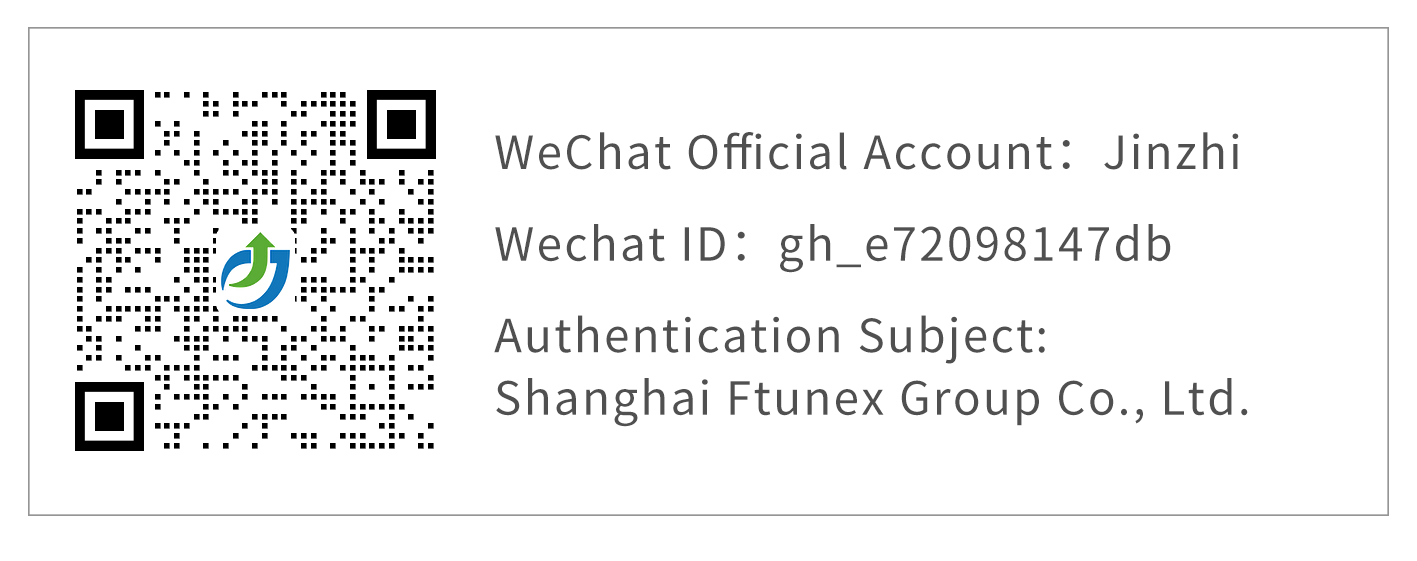Interpretation of the Technical Specification for Safety Monitoring of Major Hazard Installations Involving Dangerous Chemicals (GB 17681-2024)
To strengthen the safety risk control of major hazard installations involving dangerous chemicals and prevent major accidents, the Ministry of Emergency Management has revised the mandatory national standard Technical Specification for Safety Monitoring of Major Hazard Installations Involving Dangerous Chemicals (GB 17681-2024), which will come into effect on June 1, 2025.
Photo/National Standard Technical Specifications
China is the world's largest chemical industry producer, accounting for 40% of global chemical output. With over 7,000 enterprises operating major hazard installations involving dangerous chemicals and more than 24,000 such installations nationwide, the sector faces challenges including high density, wide distribution, and a heightened risk of accidents. Statistics show that since 2011, all 15 major or particularly serious accidents in the chemical industry have occurred in enterprises with major hazard installations.
In recent years, as the National Security Commission and the Ministry of Emergency Management have introduced a series of new requirements for safety monitoring of large-scale oil and gas storage bases and major hazard installations involving dangerous chemicals—particularly emphasizing digitalization, intelligent technologies, and the establishment of safety risk intelligent management platforms in chemical parks—the original three national and industry standards (GB 17681-1999, AQ 3035-2010, and AQ 3036-2010) governing safety monitoring and early warning for flammable/explosive tank farms and major hazard installations have been in effect for many years. Some provisions have become outdated and can no longer fully meet current safety risk prevention and control needs.Therefore, in light of the evolving regulatory framework, policy documents, and practical applications, a comprehensive review and optimization were conducted to enhance the standardization and effectiveness of major hazard risk control. This led to the revision and issuance of the updated Technical Specification for Safety Monitoring of Major Hazard Installations Involving Dangerous Chemicals (GB 17681-2024).
Photo/Sourced from the internet
Compared with GB 17681-1999, the main technical revisions of this specification are as follows:
1. Revised the scope of application;
2. Added basic requirements;
3. Added general design requirements;
4. Added monitoring requirements for production units;
5. Added monitoring requirements for storage units;
6. Revised instrumentation and control requirements;
7. Added closed-circuit television (CCTV) surveillance system requirements;
8. Added lightning protection and static electricity prevention requirements;
9. Added construction requirements;
10. Deleted wiring installation requirements;
11. Revised acceptance sampling requirements;
12. Added operation and maintenance requirements;
13. Added alarm management and optimization requirements.
This specification applies to the safety monitoring of major hazard installations involving dangerous chemicals in new, reconstructed, or expanded construction projects of enterprises engaged in the production, operation, or use of hazardous chemicals. Upon replacing GB 17681-1999, the General Technical Specification for Safety Monitoring of Major Hazard Installations Involving Dangerous Chemicals (AQ 3035-2010) and the Specification for Setting Safety Monitoring Equipment in Tank Farms of Major Hazard Installations Involving Dangerous Chemicals (AQ 3036-2010) will be repealed.
The issuance and implementation of this specification will further improve the standard system for safety risk control of hazardous chemicals, providing critical technical support for effectively managing major safety risks.


